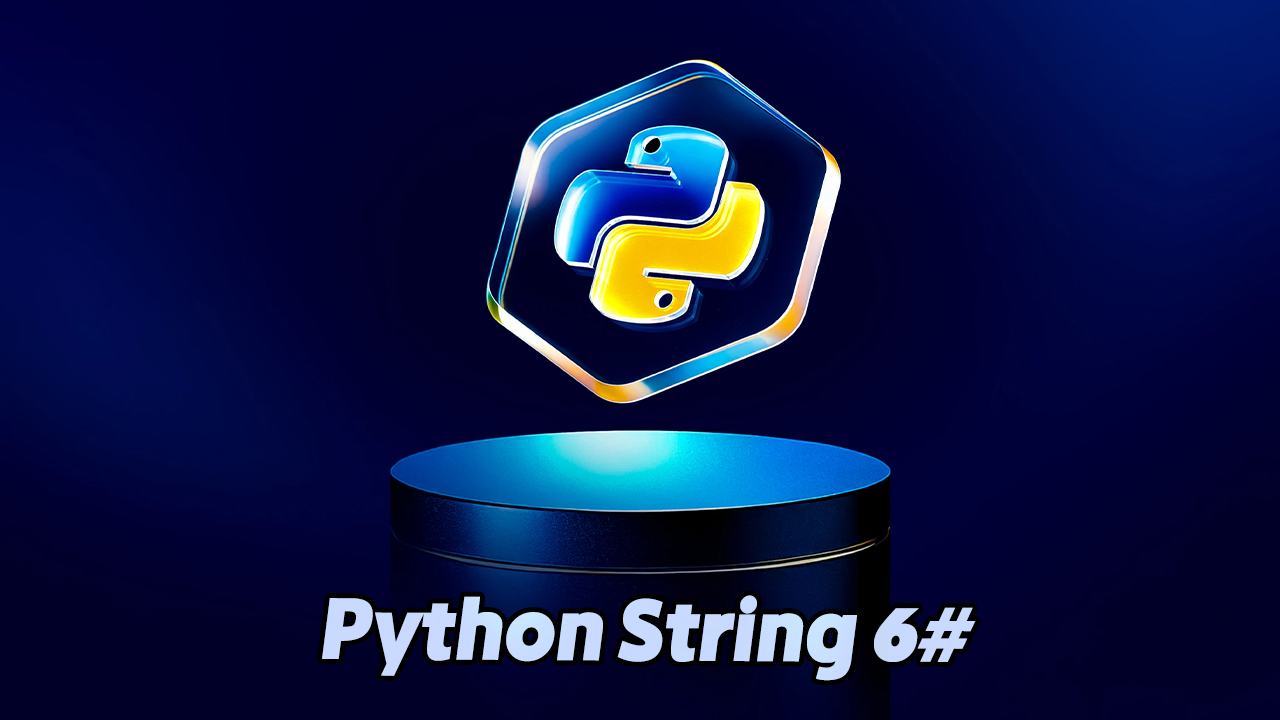Python Escape Characters Explained
In Python, an escape character is used to insert characters that are otherwise not allowed directly within a string. This technique is crucial when handling string data that includes special symbols, such as quotation marks or backslashes.
What Is an Escape Character?
An escape character in Python is a backslash (\) followed by a specific character. This combination tells the interpreter to treat the following character differently than usual.
Example: Handling Double Quotes
Consider the following incorrect string definition:
txt = "We are the so-called "Vikings" from the north."The code above will result in a syntax error because the double quotes used within the string conflict with the string delimiters. To solve this, use the escape character:
txt = "We are the so-called \"Vikings\" from the north."Now, Python understands that the inner quotation marks are part of the string, not the end of it.
Common Escape Characters in Python
Here is a table summarizing the most commonly used escape characters in Python:
| Code | Result |
|---|---|
\' |
Single Quote |
\\ |
Backslash |
\n |
New Line |
\r |
Carriage Return |
\t |
Tab |
\b |
Backspace |
\f |
Form Feed |
\ooo |
Octal value |
\xhh |
Hexadecimal value |
Each of these characters allows for more flexibility and control over how strings are structured and displayed in Python programs.
Conclusion
Escape characters play a vital role in Python string handling. By understanding how and when to use them, you can avoid syntax errors and write cleaner, more reliable code. For more detailed programming insights, explore Python string tutorials and best practices at Devyra.


















